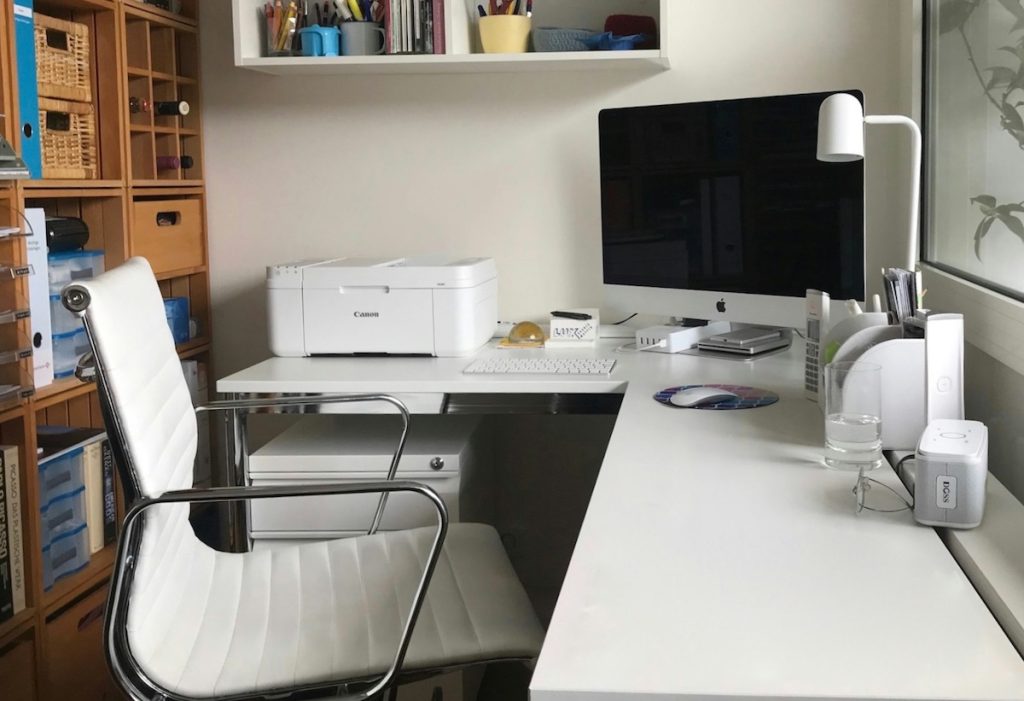Making the perfect choice is crucial when choosing the right direct-to-garment (DTG) printer for your business. As an entrepreneur or small business owner, navigating the wide range of options can be overwhelming. This blog post will discuss critical factors when selecting a DTG printer that meets your needs and requirements.
Table of Contents
1. Understanding Your Business Needs:
To identify the best direct-to-garment printer, analyze your unique printing requirements. Consider factors such as production volume, print quality, fabric compatibility, and budgetary constraints. Outlining these criteria will help you narrow your options and make an informed decision.
2. Print Quality:
Print quality is paramount in any garment printing venture since subpar prints can harm your reputation and customer satisfaction. While evaluating DTG printers, pay close attention to their resolution capabilities, color gamut, and overall output quality. Look for models with vibrant colors, sharp details, and reliable results across various fabric types.
3. Production Output:
The speed at which a DTG printer operates plays a significant role in meeting production demands while maintaining efficiency. When assessing different models, consider your expected daily print volume or targets. Some printers may excel at producing high-quality prints but take longer per piece, while others may compromise slightly on quality but offer faster production speeds.
4. Print Size Flexibility:
Different garment types call for various print sizes; hence, it is crucial to choose a DTG printer that offers versatility in dimensions. Models featuring adjustable platens or interchangeable pallets enable you to cater to compatible garments without compromising print accuracy.
5. User-Friendliness:
If you have extensive experience in garment printing, opt for a DTG printer that is simple enough. Intuitive software interfaces and easy-to-follow maintenance procedures will enable you and your employees to hit the ground running without extensive training. This user-friendly approach saves time, minimizes errors, and boosts overall productivity.
6. Reliability:
The last thing any business owner wants is frequent breakdowns or technical issues hampering production schedules. Investing in a reliable DTG printer from a reputable manufacturer is essential. Research customer reviews, request referrals from trusted sources, and examine warranties or maintenance contracts offered by different suppliers. A reliable printer should work smoothly, have adequate support, and readily provide spare parts.
7. Cost Considerations:
While cost shouldn’t be the sole deciding factor when choosing a DTG printer, it is essential. Evaluate the upfront investment required to acquire the printer and long-term operational costs such as ink consumption and maintenance requirements. Consider your budget constraints and match them against the desired features and capabilities of various printers in the market to find the best fit without compromising overall quality.
8. Support and Service:
In any business, reliable support and service for your equipment are essential. When choosing a DTG printer, consider the level of customer support the manufacturer or supplier provides. Look for companies that offer prompt and knowledgeable technical assistance and access to training resources and troubleshooting guides. Good support will ensure that any issues or challenges you encounter, you can quickly resolve, minimizing downtime and maximizing productivity.
9. Integration with Existing Workflow:
Integration with your existing workflow is another crucial factor when selecting a DTG printer. Look for printers that offer compatibility with popular design software or online platforms commonly used in your business, ensuring a seamless transition from design creation to printing. Additionally, if you have other equipment, such as heat presses or pretreatment machines, ensure that the DTG printer is compatible with these devices for a streamlined production process.
Conclusion:
Selecting the right direct-to-garment printer for your business can impact your success as a garment printing entrepreneur or small business owner. By understanding your needs, prioritizing print quality and production output, considering usability and reliability factors, and evaluating costs, you can make an informed decision that aligns with your goals. Consider future scalability since expanding operations might require additional equipment compatibility options or upgrades.


